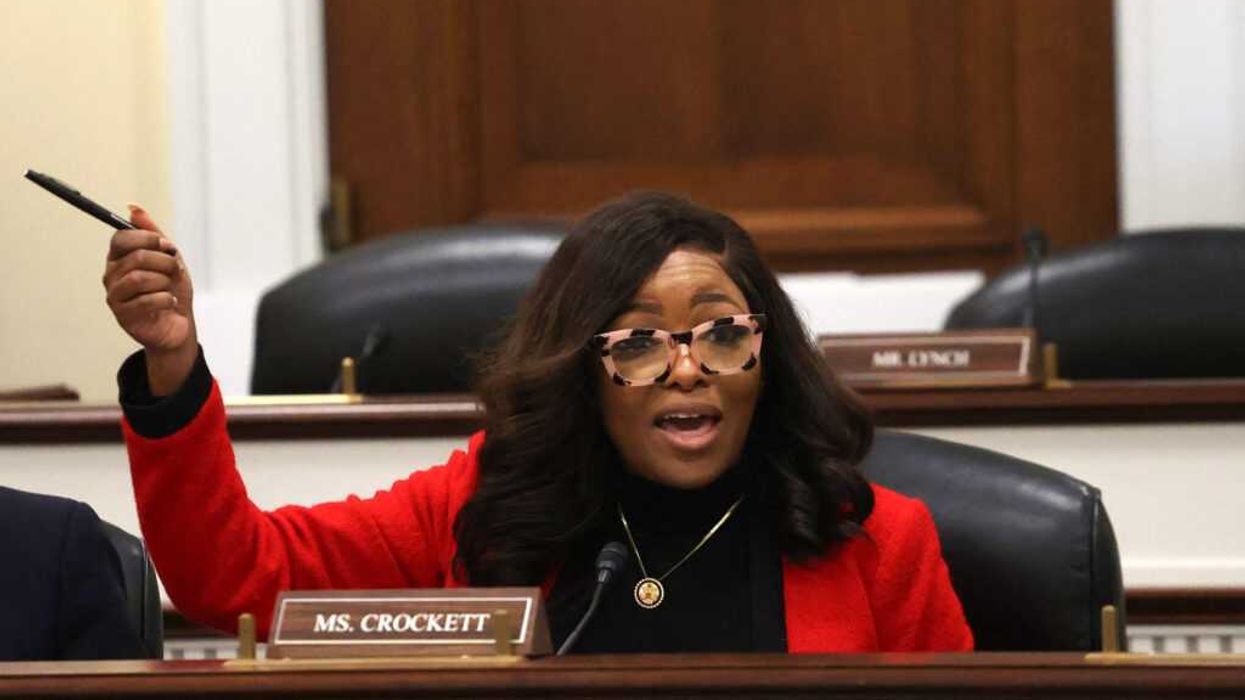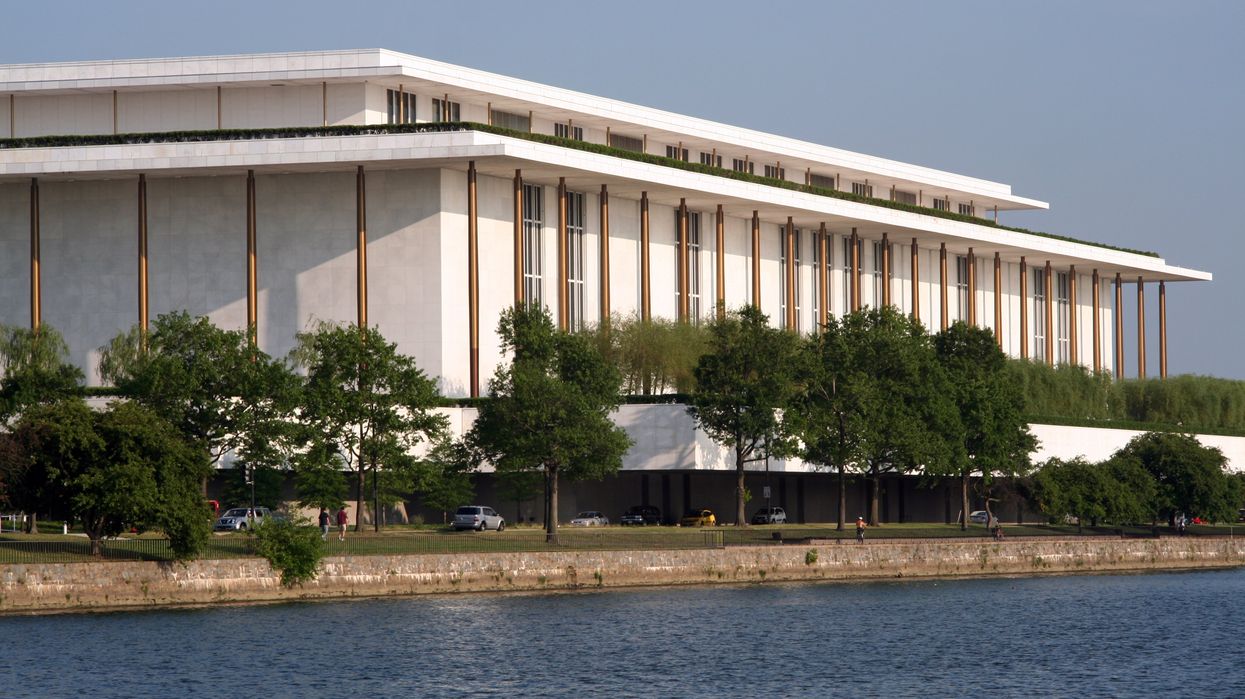A prominent progressive political reform group is out with proposals designed to end the dysfunction that's come to define the agency charged with regulating federal campaign finance law.
The recommendations issued this week by the Brennan Center for Justiceinclude legislation to address the Federal Election Commission's well-documented voting gridlock, improve its leadership and give investigative teeth to an agency created to enforce campaign finance law.
"This is a moment where democracy reform is front and center, and FEC reform is something that we must tackle if we want to have a more functional electoral process," said Daniel Weiner, the author of the recommendations, which are directed at Congress.
The five specific ideas are:
- End the mandatory partisan split. The FEC now has six seats, reserved equally for Republicans and Democrats on the theory that such a balance prevents partisanship from dominating the agency's work. But it now has just four commissioners, two from each party, and obtaining a majority for any proposal has proved nearly impossible. Shrinking the commission to five members, with one a political independent, would help break the partisan deadlock.
- Make the vetting of nominees more inclusive. To ensure qualified FEC commissioners, the president would be required to convene an advisory panel from both parties to help choose nominees.
- Give the commission a real leader. The chairmanship now rotates annually. Handing the gavel to a person the president chooses, as is the case at most federal regulatory agencies, would give the party in the White House a bit of an edge.
- Eliminate indefinite holdovers. Commissioners are supposed to serve a single six-year term. Yet each of the current members has been in office more than a decade because a member may remain until a replacement wins Senate confirmation.
- Overhaul the enforcement process. This proposal would create an enforcement bureau with investigative power, allow the agency to conduct random audits of fundraising committees and increase the agency budget to improve its staffing and resources.



















